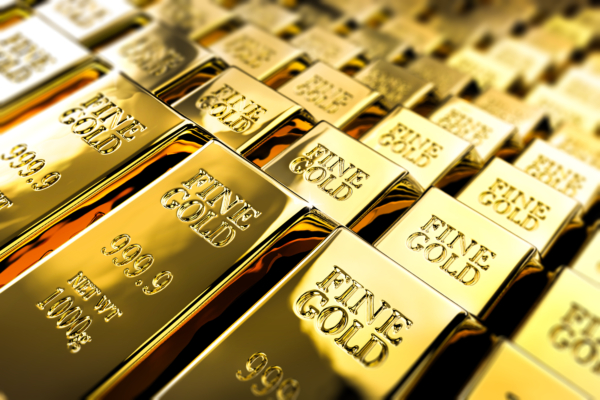The gold rush has made gold one of the hottest investments of the year. Even though the price of gold has surged by over 30% so far this year, Goldman Sachs predicts that the price of gold will continue to rise next year.
In a report released on October 29, Goldman Sachs forecasted that the price of gold will reach $3,000 per ounce by the end of 2025, indicating an 8% increase from the current level.
Goldman Sachs provided three reasons for this projection:
Firstly, while the pace of gold purchases is expected to slow down next year, the high demand for gold from central banks around the world will continue.
Since Russia faced sanctions from the West due to its invasion of Ukraine, the demand for gold by central banks of various countries has been steadily increasing. Some countries have taken this as a lesson to diversify their reserves and reduce reliance on the US dollar, thereby stimulating demand for gold.
Goldman Sachs analysts wrote, “We estimate that by the end of 2025, the pace of central bank purchases will slow down to 30 tonnes per month, around one-third of the average of 85 tonnes per month since 2022, but still higher than the pre-freeze average of 17 tonnes per month in Russia.”
Secondly, the lowering of US interest rates will gradually increase the holdings of Western gold ETFs.
Goldman Sachs expects that the Federal Reserve will lower the federal funds rate to between 3.25% and 3.5% by mid-2025. As gold does not generate interest, loose monetary policies typically boost the competitiveness of gold. When interest rates are high, gold is at a disadvantage compared to other interest-bearing assets.
In a report from September, Goldman Sachs found that with interest rate cuts, gold ETFs gradually rose within six months. This boost is crucial for the gold price as the increasing holdings of ETFs can put pressure on the physical supply of gold.
Thirdly, hedging investors will have more reasons to continue buying gold.
Goldman Sachs stated that speculative positions have reached a high level due to geopolitical and inflation concerns. The bank expects that as uncertainty decreases after the US election, this situation may normalize, leading to some short-term downside risks for gold prices.
However, analysts wrote that in the event of potential escalation in new tensions, gold will still be an attractive hedging tool in the long term. These tensions include trade disputes, threats to the independence of the Federal Reserve, concerns about US debt, and the possibility of future economic recession.

